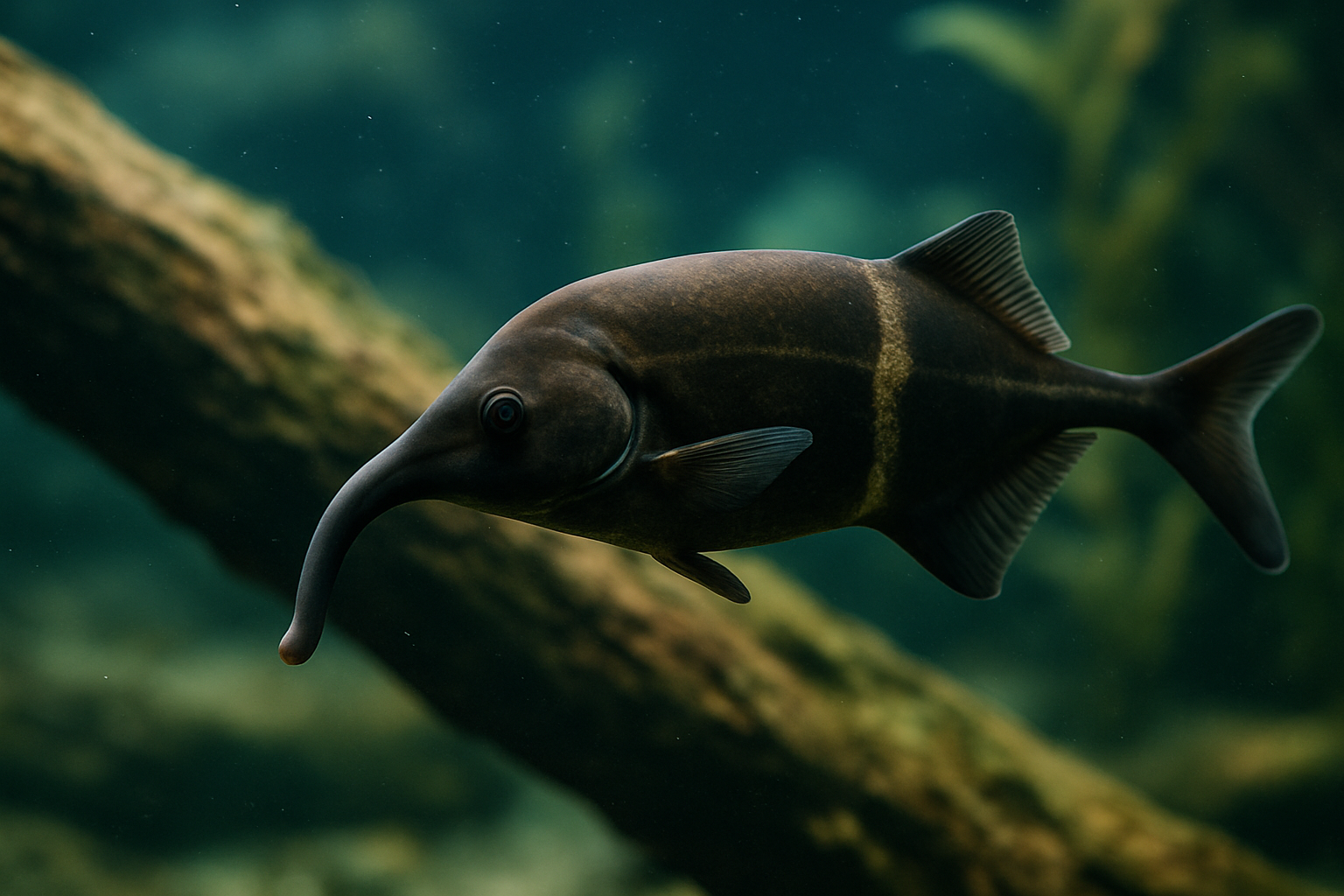Aquatic Acrobats: The Surprising Athleticism of Archer Fish
Beneath the placid surface of mangrove swamps and estuaries across Southeast Asia, a remarkable sharpshooter lurks. The archer fish, a master of precision and skill, has captivated scientists and nature enthusiasts alike with its extraordinary hunting technique. This article delves into the fascinating world of these aquatic marksmen, exploring their unique abilities, evolutionary adaptations, and the cutting-edge research surrounding their impressive feats.

The Evolutionary Marvel of Archer Fish
The archer fish, belonging to the genus Toxotes, has developed its unique hunting strategy over millions of years of evolution. These fish, typically measuring between 5 to 10 inches in length, inhabit brackish waters of mangrove swamps and estuaries in Southeast Asia and northern Australia. Their most distinctive feature is their specialized mouth structure, which allows them to create a powerful jet of water capable of knocking insects off overhanging vegetation.
This evolutionary adaptation is a prime example of nature’s ingenuity. The archer fish’s mouth is equipped with a groove on the roof that, when coupled with their gill covers, forms a narrow channel. By rapidly closing their gill covers, they can force water through this channel, creating a concentrated stream that can travel up to 1.5 meters above the water’s surface.
The Physics Behind the Perfect Shot
What makes the archer fish’s ability truly remarkable is the complex physics involved in their hunting technique. When aiming at a target above the water, these fish must account for the refraction of light at the water-air interface, which distorts the apparent position of the prey. Research has shown that archer fish can compensate for this refraction with astonishing accuracy, adjusting their aim to hit targets with precision.
Furthermore, the fish must calculate the trajectory of their water jet, considering factors such as gravity and air resistance. Studies have revealed that archer fish can adjust the force of their shot based on the distance to their target, demonstrating a sophisticated understanding of projectile motion that was once thought to be beyond the capabilities of fish.
Learning and Social Behavior in Archer Fish
One of the most intriguing aspects of archer fish behavior is their capacity for learning and social interaction. Recent studies have shown that young archer fish learn their shooting technique by observing more experienced individuals. This form of social learning is relatively rare in fish species and suggests a level of cognitive sophistication previously unrecognized in these animals.
Researchers have also discovered that archer fish can recognize human faces, a skill once thought to be limited to more advanced vertebrates. This ability not only demonstrates their impressive visual acuity but also hints at complex cognitive processes that allow them to distinguish and remember specific patterns.
Implications for Robotics and Artificial Intelligence
The archer fish’s remarkable abilities have not gone unnoticed by the scientific community. Engineers and roboticists are now looking to these aquatic sharpshooters for inspiration in developing more advanced targeting systems and artificial intelligence algorithms.
The fish’s ability to rapidly process visual information, calculate trajectories, and execute precise movements has implications for fields ranging from autonomous vehicles to robotic surgery. By studying the neural networks and decision-making processes of archer fish, researchers hope to develop more efficient and accurate AI systems capable of real-time problem-solving in complex environments.
Conservation Challenges and Future Prospects
Despite their fascinating abilities, archer fish face numerous threats in their native habitats. Mangrove destruction, pollution, and overfishing have put pressure on archer fish populations in many areas. Conservation efforts are underway to protect these unique ecosystems and the species that depend on them, including the establishment of marine protected areas and sustainable fishing practices.
As research continues to uncover new aspects of archer fish biology and behavior, there is growing interest in their potential as model organisms for studying cognition, visual processing, and motor control in vertebrates. Future studies may reveal even more surprising capabilities of these remarkable fish, further cementing their status as one of nature’s most intriguing and skilled hunters.
The archer fish stands as a testament to the incredible adaptations that can arise through evolutionary processes. From their specialized mouth structure to their complex cognitive abilities, these aquatic acrobats continue to surprise and inspire scientists and nature enthusiasts alike. As we delve deeper into understanding their unique abilities, we not only gain insights into the marvels of the natural world but also find new ways to apply these lessons to human innovation and technology.




